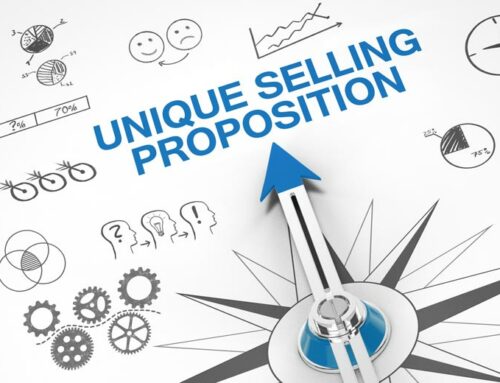Developers Are Consumers First
It’s tempting to characterize developers as a completely different species, rather than an audience with specific distinguishing characteristics. But the developers we interviewed in our Meet the Developer series have said many of the things you’d expect from any consumer — among them, that they are much more likely to click on links from brands they recognize versus brands they don’t. And so here we are, discussing how to make your brand recognizable and more importantly, memorable.
Begin with Trust
The author of the book Top of Mind, John Hall, wrote a blog post that building trust and moving your brand from someone’s long-term to short-term memory are key to becoming top of mind.
According to Hall, these five elements are embedded in building trust:
- Branding and thought leadership
- Authenticity
- Education
- Helpfulness
- Likability
Let’s see how this might translate to what we know about developer audiences.
Context, Context, Context
Keeping context in mind is consistent with hitting Hall’s top of mind trust points, including branding, authenticity, helpfulness, and likability. Developers like Mark Downie are more likely to recognize a brand offering developer tools and welcome seeing it, in context — that is, in a professional context.
Seeing developer tools advertised while doing personal searches or reading non-developer articles is irritating. However, finding a brand consistently supporting a favorite industry newsletter or developer-to-developer (D2D) community helps make it memorable with a positive sentiment.
One thing is clear: No matter where developers are, they don’t like pop-up advertising. To paraphrase developer Julia Nash, Don’t mess up the view! However, banner ads on websites and newsletters devoted to developers are well-received. Developers like Michael Washington understand that their favorite blogs and D2D communities need financial support, and they like seeing brands that support their favorite digital hangouts and information sources.
Consistency Is Key
Once your brand has shown up supporting a favorite developer channel, don’t make it disappear. Invest in long-term campaigns across a mixture of digital channels that are frequented by your target audience. You can make tweaks to campaigns and channel selections, sure, but don’t expect to build trust and become top of mind if your brand’s presence is erratic.
Simple Sells
Helpfulness includes making it clear to your audience who you are and what you can deliver. Offer a clear message that accurately communicates the value your brand offers or the business your brand is in. Even if ads point the audience to different types of content or products, stick with simple and direct language rather than marketing hyperbole. This makes it easy for your audience to remember your brand when they need a specific solution or tool.
Direct language also conveys helpfulness and authenticity. Offering technical content literally educates your audience and is also helpful, as Hall recommends. Communicating exactly what that content will deliver gives your brand authenticity. Sticking with developer-focused channels lends your ad instant credibility. All of these contribute — again — to likability.
That’s a Wrap
Developers are consumers, too. When it comes to developer tools, they focus their attention on technically-oriented messages, content, and outlets. To become trustworthy, and thus memorable to this audience, a brand’s presence needs to meet the expectations of a technical environment. This means showing up consistently in industry contexts like newsletters, forums, portals, influencer blogs/media, and D2D communities — with concise messages that communicate value.



